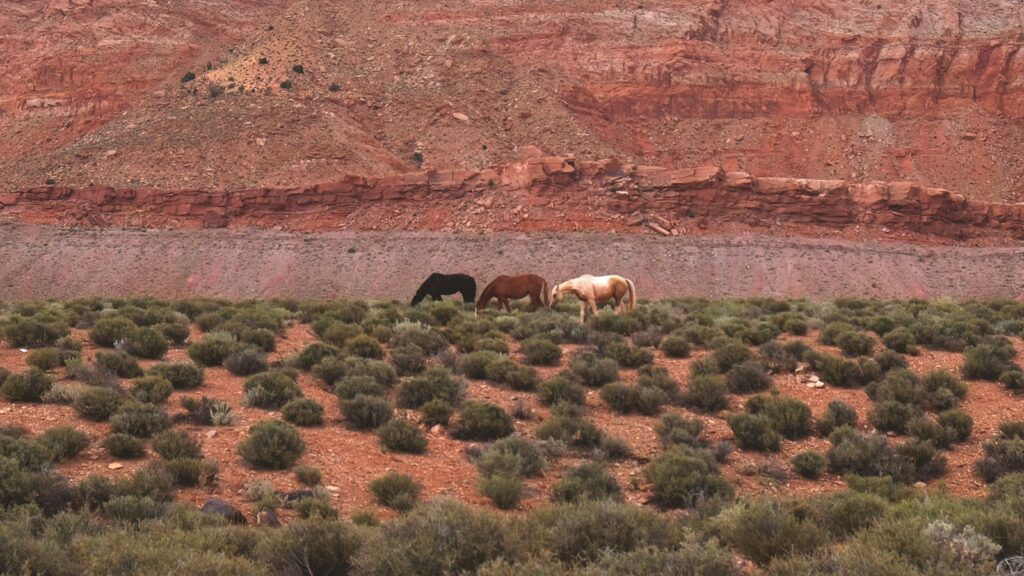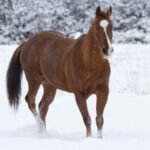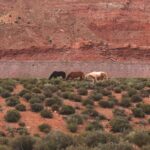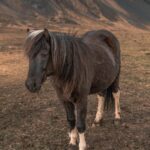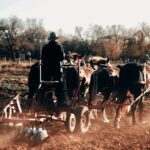Rare breed horses represent living links to our agricultural and cultural heritage, each embodying centuries of selective breeding for specific purposes and environments. Unlike common horse breeds seen in mainstream equestrian sports, rare breeds often possess unique characteristics, specialized adaptations, and compelling histories that make them truly special companions and working animals. As modern farming and transportation have evolved, many historically significant horse breeds have declined in numbers, placing them at risk of extinction. This guide aims to introduce horse enthusiasts, potential owners, and conservationists to the fascinating world of rare equine breeds, exploring their distinctive traits, care requirements, and the vital importance of preservation efforts to maintain genetic diversity in the equine population.
Understanding What Makes a Horse Breed “Rare”
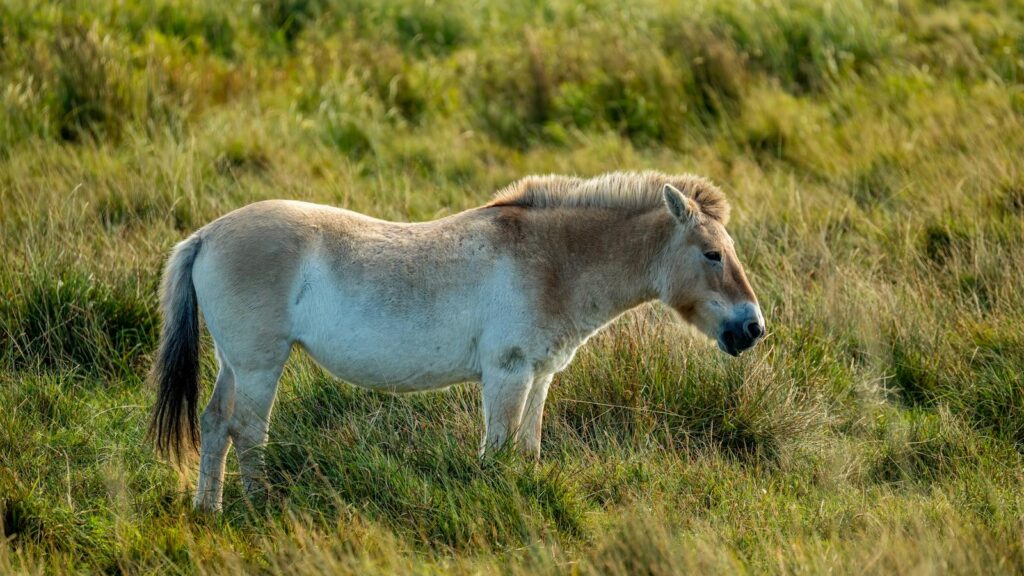
Rare horse breeds are typically defined by their limited population numbers, often with fewer than 1,000 or even just a few hundred registered individuals worldwide. These breeds have frequently experienced dramatic population declines due to mechanization replacing working horses, changing agricultural practices, or shifts in breeding preferences toward more commercial breeds. Some rare breeds are indigenous to specific regions and have adapted to local conditions over centuries, making them uniquely suited to particular environments but potentially less versatile in modern equestrian pursuits. Organizations like the Rare Breeds Survival Trust in the UK and the Livestock Conservancy in the US maintain watchlists categorizing breeds by their level of endangerment, from “critical” to “watch” status based on current breeding populations and trends.
The Historical Significance of Rare Breeds
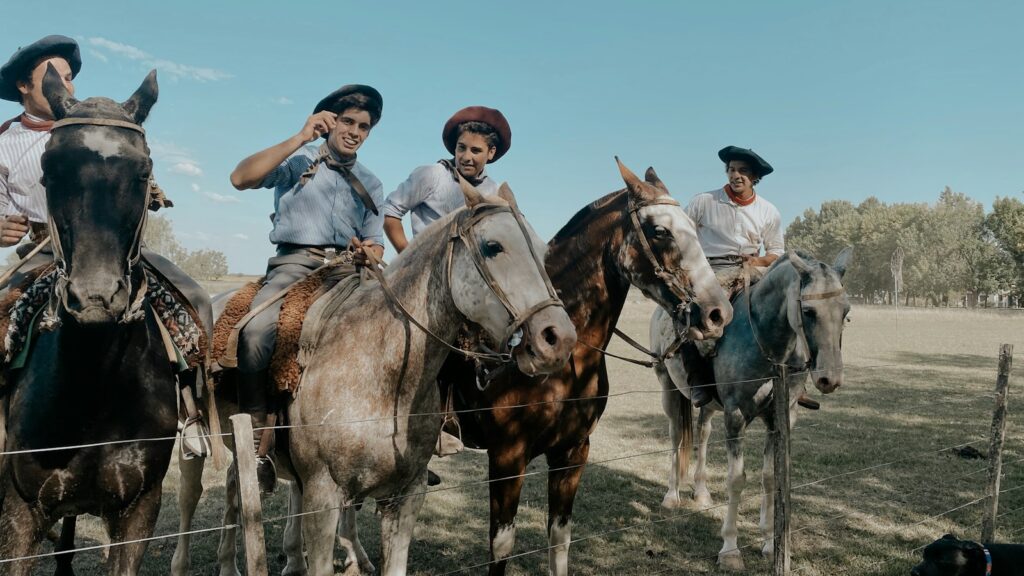
Rare horse breeds often represent important cultural heritage and historical working relationships between humans and equines. Many rare breeds played crucial roles in agricultural development, warfare, transportation, and industrial growth before modernization reduced the need for equine labor. These breeds frequently embody the specific needs and values of the cultures that developed them, whether for pulling canal boats, navigating mountainous terrain, or surviving harsh winters with minimal forage. Beyond their practical applications, rare breeds contain unique genetic material that, once lost, cannot be recovered—potentially including traits for disease resistance, hardiness, and adaptability that might prove valuable for future breeding programs. Understanding the historical context of rare breeds helps appreciate why their preservation matters beyond simple nostalgia.
The Exmoor Pony: Britain’s Ancient Equine

The Exmoor pony stands as one of Britain’s oldest and most primitive horse breeds, with evidence suggesting these hardy equines have inhabited the moorlands of southwest England since prehistoric times. Recognizable by their distinctive “mealy” markings around the eyes, muzzle, and underbelly, Exmoors possess remarkable adaptations to their harsh native environment, including a unique double-layered winter coat and specialized “snow chute” tail that diverts rainwater away from their bodies. Standing between 11.2 and 12.3 hands high, these compact, muscular ponies display remarkable strength relative to their size, traditionally being used for farming, mining, and transportation in their native region. With fewer than 500 breeding females worldwide, the Exmoor pony remains critically endangered despite conservation efforts, though their intelligence, hardiness, and willing temperament make them excellent candidates for conservation grazing programs and as family riding ponies.
The Cleveland Bay: England’s Versatile Working Horse
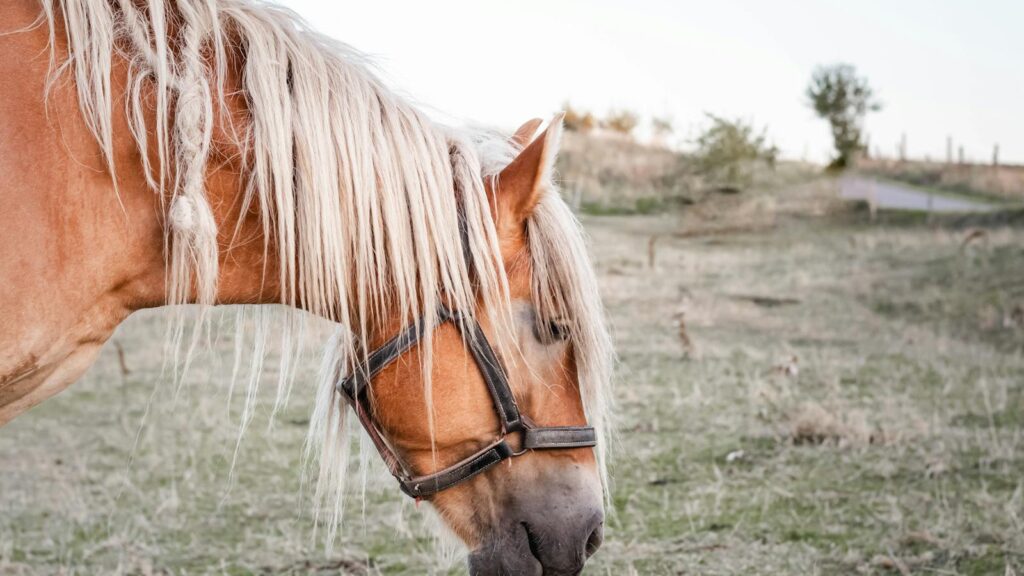
The Cleveland Bay holds the distinction of being England’s oldest established horse breed and the only native warmblood breed still in existence, originating in the Cleveland district of Yorkshire. This impressive breed is characterized by its consistently bay coloration without white markings, powerful bone structure, and standing height of 16-17 hands, making it an imposing yet elegant presence. Historically, Cleveland Bays were prized as coach horses, farm workers, and cavalry mounts, demonstrating remarkable versatility across working disciplines before mechanization dramatically reduced demand. Today, with fewer than 300 breeding females globally, the breed is listed as critical by conservation organizations, though they maintain popularity in royal circles, with the British Royal Family maintaining a breeding program and using Cleveland Bays to pull ceremonial carriages. Their naturally sound conformation, willing temperament, and athletic ability make them excellent sport horses for disciplines including dressage, jumping, and driving.
The American Cream Draft: America’s Only Native Draft Breed

The American Cream Draft horse stands as the only draft breed developed entirely within the United States, originating from a cream-colored mare named Old Granny who was foaled in central Iowa around 1911 and passed her distinctive coloration to her offspring. These magnificent horses are immediately recognizable by their medium cream to gold champagne coat color, amber or hazel eyes, and pink skin—genetic traits that distinguish them from other draft breeds. Standing 15.1 to 16.3 hands high with powerful builds, American Creams were developed as farm horses during the early 20th century but experienced rapid decline with agricultural mechanization, reaching a low point of only 33 registered horses by the 1950s. Today, despite conservation efforts that have increased their numbers somewhat, fewer than 400 American Creams exist, making them critically endangered while breeders work diligently to maintain the breed’s gentle temperament, willingness to work, and beautiful cream coloration that makes them popular for parades, demonstrations, and light draft work.
The Caspian Horse: An Ancient Breed Rediscovered
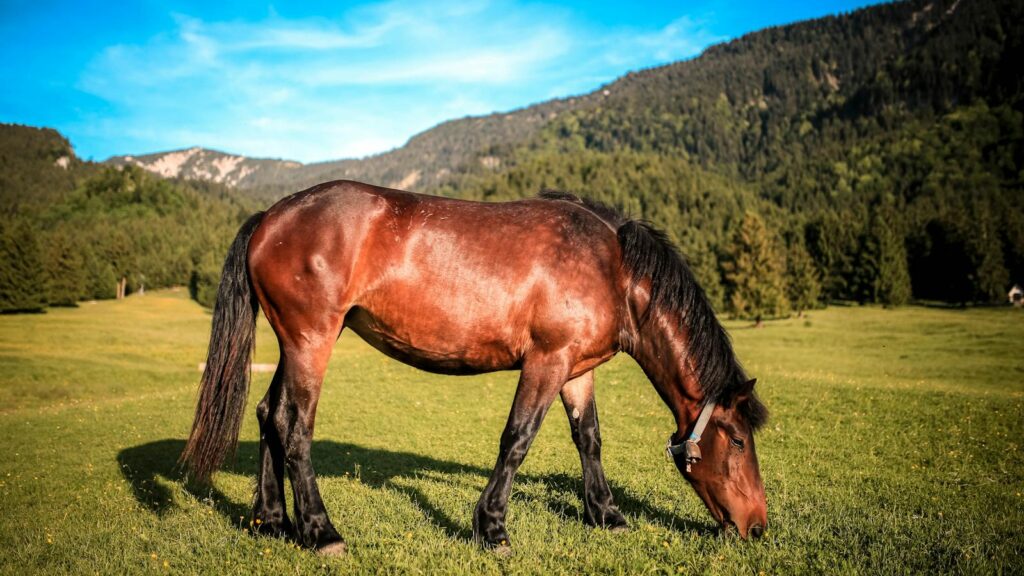
The Caspian horse represents one of the most remarkable rediscoveries in modern equine history, having been thought extinct for over 1,000 years until Louise Firouz found surviving specimens in remote villages near the Caspian Sea in Iran in 1965. These elegant small horses stand between 9 and 12 hands high, yet possess proportions and characteristics of larger horses rather than ponies, including refined heads with large, intelligent eyes, and slender, strong legs with unusually small, hard hooves. Archaeological evidence suggests Caspians may be direct descendants of small, refined horses depicted in ancient Persian art from 3,000 BCE, potentially making them the foundation for the development of Arabian and other hot-blooded horse breeds. Despite their historical significance and excellent temperament for children and adults alike, Caspians remain critically endangered with fewer than 1,000 purebred individuals worldwide, their preservation complicated by political instability in their native region and limited awareness among potential owners.
The Suffolk Punch: Britain’s Endangered Draft Horse

The Suffolk Punch, England’s oldest draft breed, has been selectively bred since the 1500s in East Anglia with remarkable consistency, creating a horse perfectly suited for agricultural work in heavy clay soils. Always chestnut in color (locally called “sorrel”) with variations from light golden to dark liver, these powerful horses stand 16.1 to 17.2 hands high with distinctive round haunches, short legs, and substantial bone—characteristics that earned them the nickname “Suffolk Punch” for their solid appearance. Unlike other draft breeds, Suffolks were bred exclusively for farm work rather than war or carriage pulling, resulting in a breed known for exceptional pulling power, endurance, easy-keeping ability, and a calm, willing disposition. The mechanization of agriculture devastated Suffolk numbers, with fewer than 300 purebred breeding mares remaining globally, placing them in the critical category on conservation watchlists despite renewed interest in sustainable farming and forestry where their efficiency, eco-friendly work style, and ability to work effectively in wet conditions prove invaluable.
The Hackney Horse: The Ultimate Carriage Animal
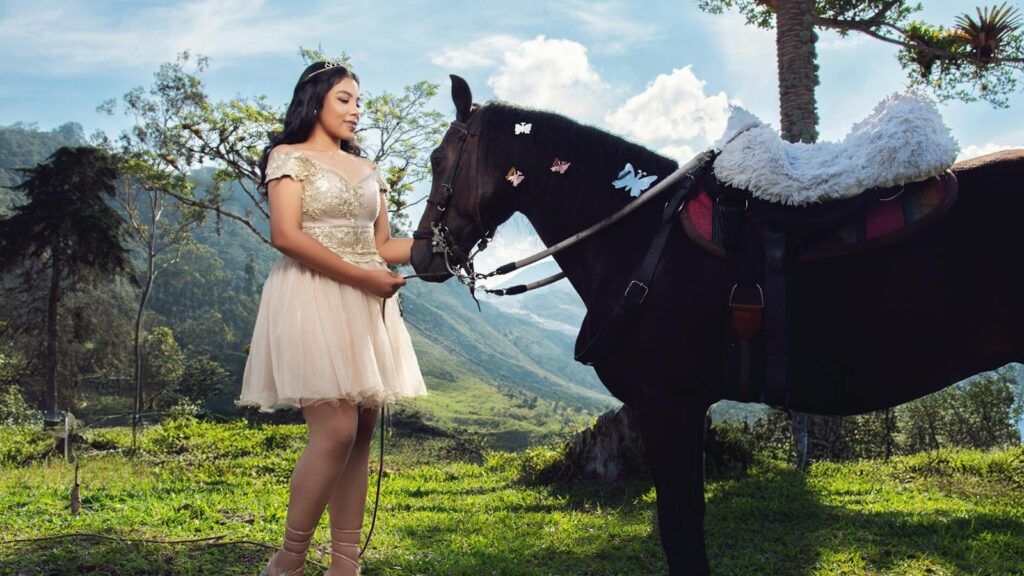
The Hackney Horse developed in Great Britain during the 18th and 19th centuries specifically to meet the growing demand for elegant, high-stepping carriage horses that could maintain speed over long distances. Recognizable by their extravagant knee action, upright conformation, and animated movement, Hackneys were bred by crossing Norfolk Trotters with refined Thoroughbreds to create the ultimate expression of stylish carriage horses standing 14.2 to 16.2 hands high. These horses dominated fashionable driving scenes in London and other European capitals during the Victorian era, their distinctive high-stepping trot and elegant appearance making them status symbols for the wealthy. With the invention of automobiles, Hackney numbers plummeted dramatically, and today they remain critically endangered with fewer than 200 purebred breeding mares globally, though they still excel in competitive carriage driving and are occasionally crossed with other breeds to improve movement for dressage and show horses.
The Canadian Horse: The “Little Iron Horse”
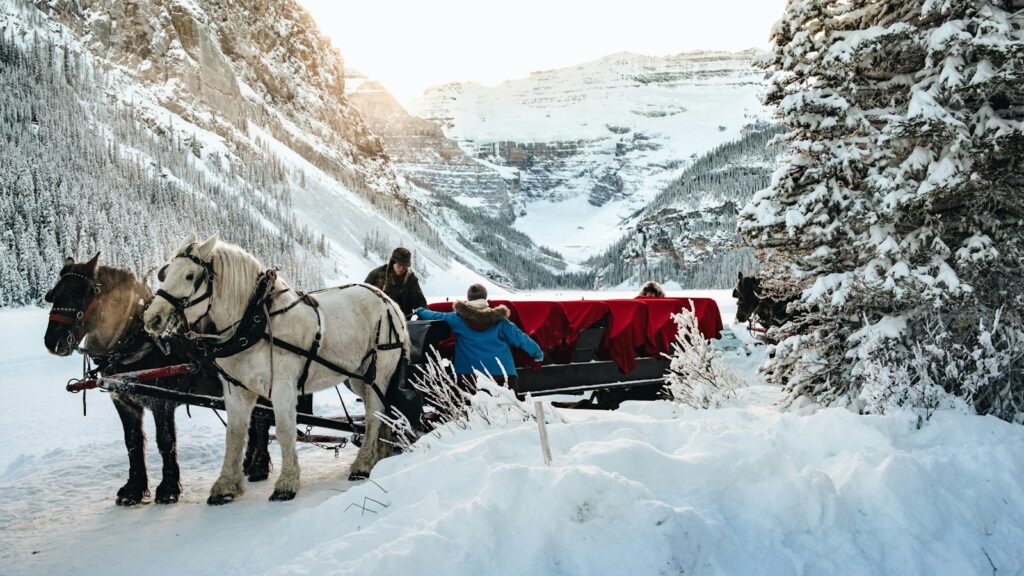
The Canadian Horse descends directly from horses sent from France to New France (Quebec) in the late 1600s, developing through natural selection into a breed so tough and durable it earned the nickname “Le Petit Cheval de Fer” (The Little Iron Horse). These versatile horses typically stand 14 to 16 hands high, displaying predominantly black, bay, or brown coloration with thick manes and tails, sturdy bone structure, and powerful musculature that reflects their adaptation to Canada’s harsh climate and rugged terrain. Canadian Horses historically served as all-purpose farm animals, cavalry mounts, and road horses, becoming famous for their endurance, strength relative to size, and willingness to work under difficult conditions. Despite once numbering in the tens of thousands, by the 1970s the breed had declined to fewer than 400 individuals due to crossbreeding and export, though concerted conservation efforts have since increased their population to approximately 2,500 registered horses, moving them from “critical” to “threatened” status while being officially recognized as Canada’s national horse by parliamentary act in 2002.
The Colonial Spanish Horse: Living History of the Americas
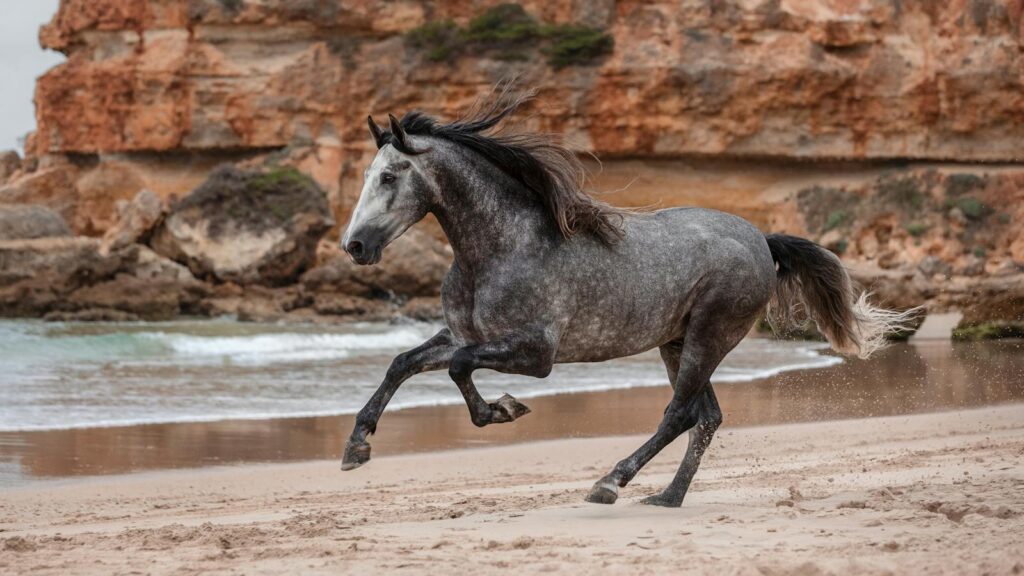
Colonial Spanish Horses represent direct descendants of the horses brought to the Americas by Spanish explorers and settlers in the 1500s, preserving genetics from medieval Iberian horses that have largely disappeared from modern Spanish breeds. These horses encompass several strains including Banker ponies, Florida Cracker horses, and Marsh Tackies, typically standing 13.2 to 14.2 hands high with distinctive characteristics including low-set tails, narrow but deep chests, and hooked ears that reflect their ancient Spanish ancestry. Having adapted to diverse environments from coastal islands to deserts through natural selection, these horses developed remarkable hardiness, disease resistance, and efficiency on minimal forage—qualities that made them essential to Native American tribes, ranchers, and settlers throughout North and South America. Today, with fewer than 3,000 pure Colonial Spanish Horses remaining, conservationists work to preserve these living artifacts of American history, whose genetic distinctiveness, confirmed by DNA studies, represents a biological treasure that once lost cannot be recreated.
The Newfoundland Pony: Canada’s Endangered Island Breed
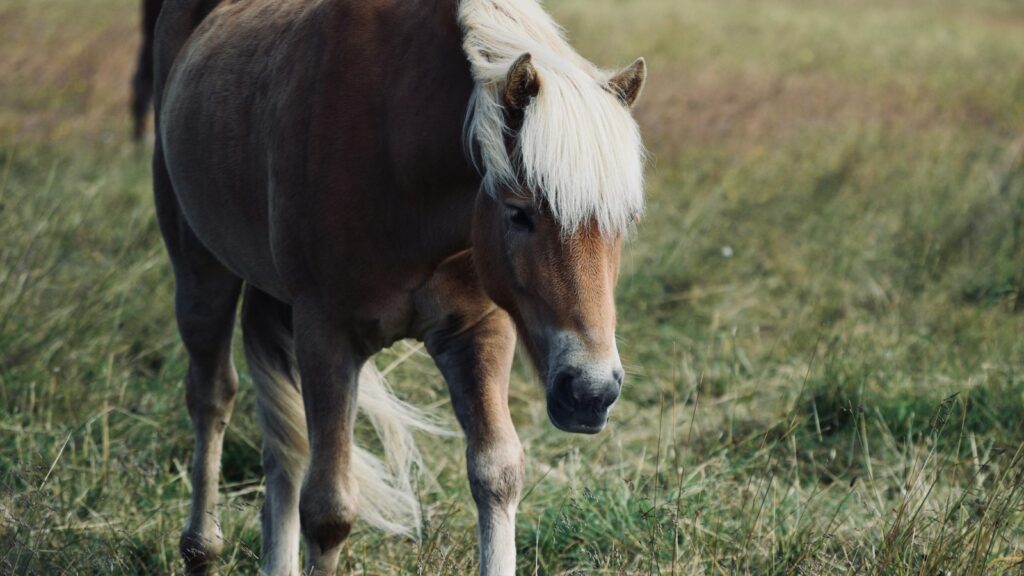
The Newfoundland Pony evolved on the isolated island of Newfoundland from a mixture of British pony breeds brought by settlers in the 1600s, including Exmoor, Dartmoor, New Forest, and Highland ponies. Over centuries of natural selection in Newfoundland’s harsh climate, these diverse influences blended into a distinct breed known for exceptional hardiness, sure-footedness, and versatility, standing 11 to 14.2 hands high with a range of solid colors including bay, black, brown, and occasionally dun or gray. These sturdy ponies traditionally lived semi-wild, gathering their own food and shelter for most of the year while being caught and used for farming, hauling fishing nets, transportation, and other work during times of need. Once numbering more than 13,000 in the 1960s, the Newfoundland Pony population crashed to fewer than 100 individuals by the 1980s due to mechanization and mass shipping to slaughterhouses, though conservation efforts have now increased their numbers to approximately 400 registered ponies, earning them critically endangered status and special legal protection from the Newfoundland government.
The Care and Management of Rare Breed Horses

Caring for rare breed horses requires understanding their specific genetic adaptations and historical purposes, as these often influence their management needs dramatically. Many rare breeds evolved as “easy keepers” capable of maintaining weight on minimal forage, making them potentially prone to obesity and related health issues like laminitis when managed on rich modern pastures or fed concentrates developed for more energy-intensive modern breeds. Owners should research their specific breed’s traditional environment and work patterns, as some rare breeds may have special considerations—from the thick winter coat of northern breeds requiring careful attention during shedding to the hard feet of arid-adapted breeds potentially needing different trimming approaches than mainstream horses. Beyond physical care, rare breed owners should provide appropriate mental stimulation that aligns with the breed’s historical purpose, whether that’s regular driving for carriage breeds, trail riding for gaited breeds, or even light draft work for draft breeds, as this honors their heritage while keeping them physically and mentally healthy.
Choosing the Right Rare Breed for Your Situation
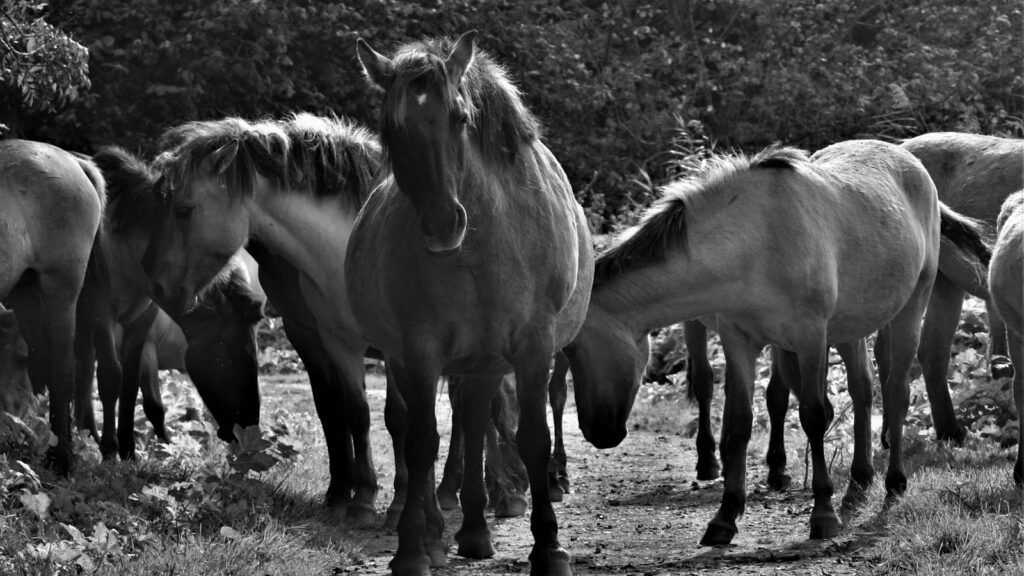
Selecting an appropriate rare breed should balance conservation goals with practical considerations about your facilities, experience level, and intended use for the horse. Begin by honestly assessing your skill level as a handler and rider, as some rare breeds may have retained stronger instincts or specialized training needs based on their traditional uses—draft breeds typically require knowledge of harness work, while gaited breeds benefit from riders who understand their unique movements. Consider your climate and facilities, as breeds native to environments similar to yours will generally thrive with less intensive management; for instance, northern breeds may struggle in hot, humid climates without significant accommodations. Research each breed’s typical temperament, energy level, and physical capabilities as they relate to your intended activities, whether that’s pleasure riding, driving, showing, or conservation grazing. Finally, connect with breed organizations and experienced owners who can provide firsthand insights about day-to-day management and help you find appropriate mentorship as you embark on rare breed ownership.
Contributing to Rare Breed Conservation
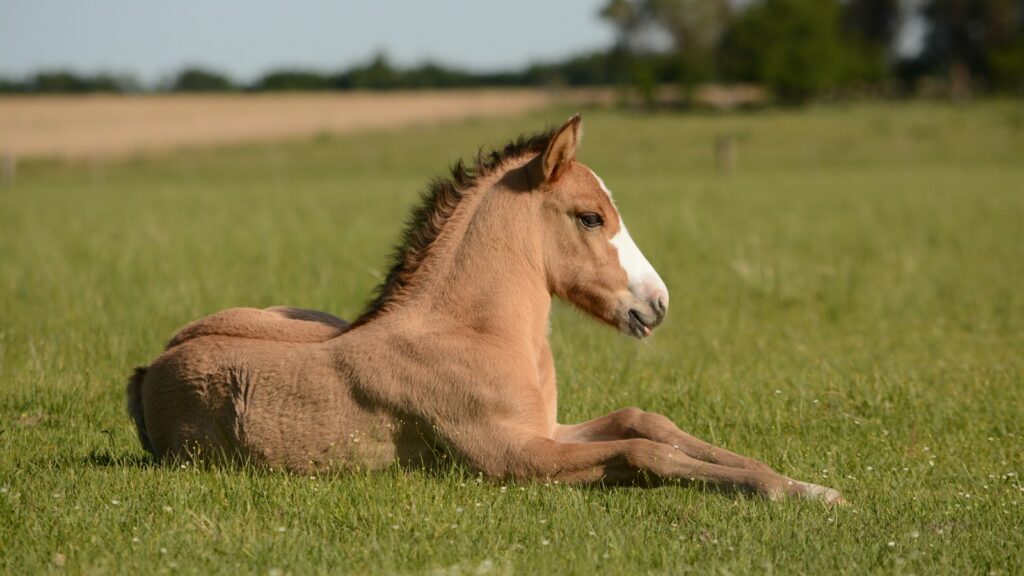
Conservation of rare horse breeds extends beyond ownership to include multiple avenues for supporting preservation efforts regardless of your circumstances. Financial contributions to conservation organizations like The Livestock Conservancy, Rare Breeds Survival Trust, or breed-specific foundations directly fund crucial programs including genetic testing, breeding subsidies, and educational initiatives that help stabilize endangered populations. Those with appropriate facilities might consider participating in foster or lease programs that allow rare breeds to be placed in approved homes while remaining part of coordinated breeding efforts, providing housing and care while conservation organizations maintain breeding decisions. Supporting businesses and demonstrations that feature rare breeds—from tourism operations to historical farms to educational programs—creates economic incentives for breed preservation while raising public awareness. Even simply learning about rare breeds and sharing their stories through social media, community presentations, or conversations helps build the public understanding and appreciation necessary for long-term preservation of these living cultural treasures.
conclusion

Rare breed horses represent far more than just uncommon curiosities in the equine world—they embody centuries of agricultural heritage, genetic diversity, and human-animal partnerships that shaped our civilization. As these living artifacts face unprecedented challenges from changing agricultural practices and standardized sport horse breeding, their preservation becomes increasingly urgent. Whether you choose to become an owner, a financial supporter, or simply an ambassador sharing knowledge about these remarkable breeds, your contribution helps ensure these irreplaceable equine populations continue to thrive for generations to come. The journey into rare breed stewardship offers rich rewards—from the special connection to history felt while handling a breed that carried medieval knights or plowed fields centuries ago, to the satisfaction of helping maintain genetic diversity that may prove crucial for equine health and adaptability in an uncertain future.

